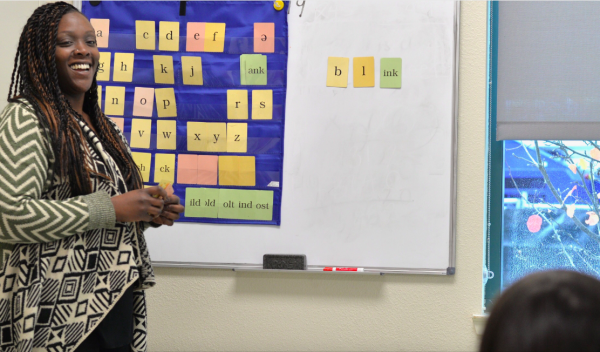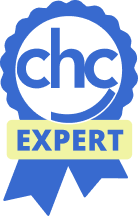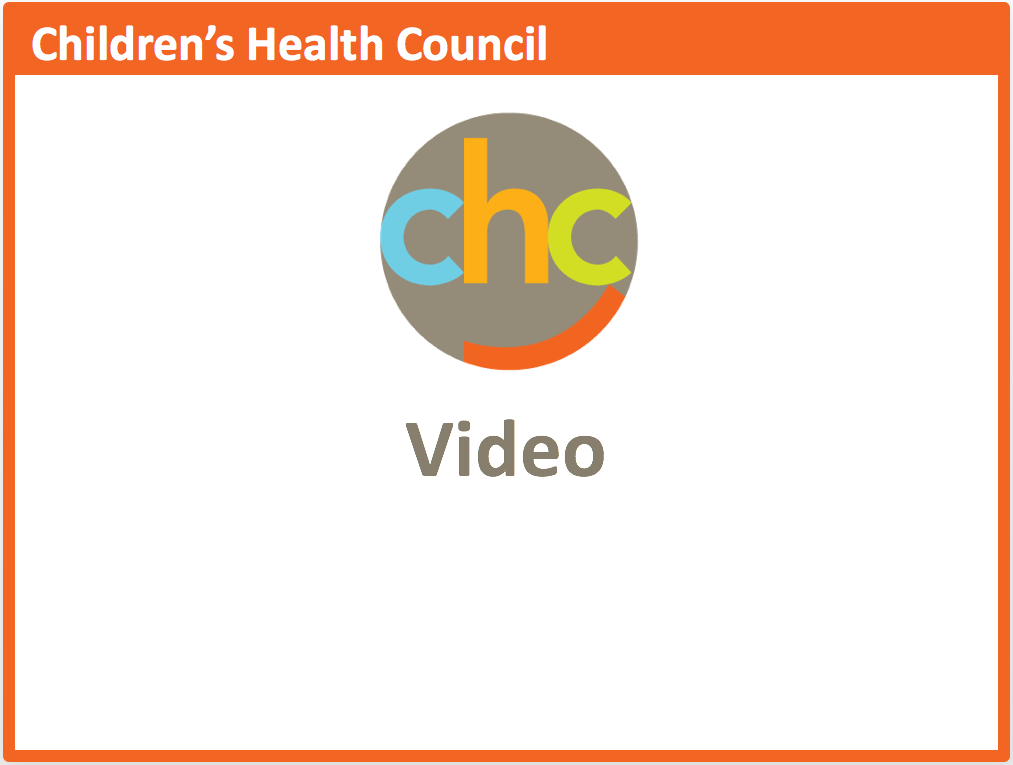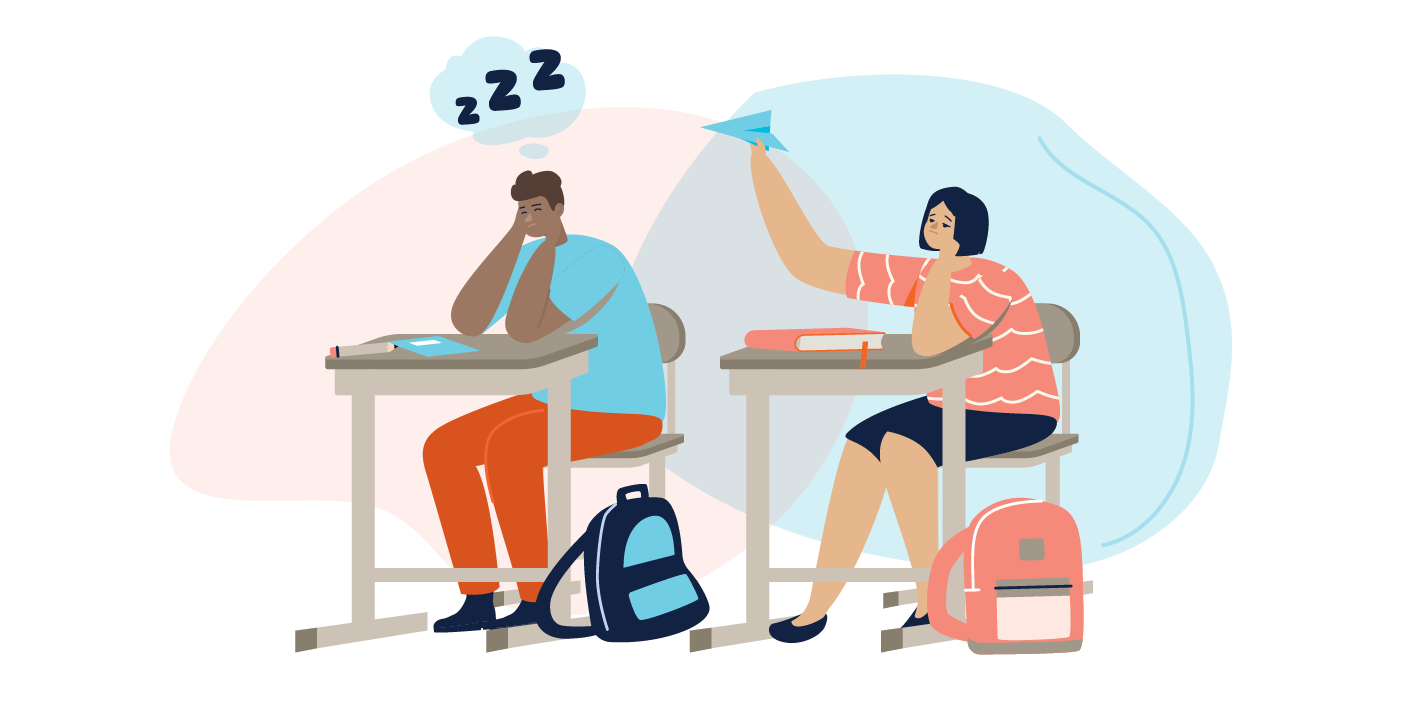 Written by Lisa Parnello, Literacy Specialist & Wilson Credentialed Trainer
Written by Lisa Parnello, Literacy Specialist & Wilson Credentialed Trainer
In a sea of professional development opportunities for teachers, how do you decide what’s most important for teachers to learn? What will make the biggest impact on the students?
While studying elementary education at a top teaching program and earning a master’s degree in special education, I learned all about special education procedures and the importance of literacy in the classroom. I knew how to choose all the right books for a student’s interest and cross-curricular education. But no one ever taught me that students with dyslexia learn to read differently. I never learned how to teach a student with dyslexia to read.
Top 5 Reasons Why That Matters
1 in 5 Students Have Learning Differences
Learning differences are more prevalent than most people realize, with the ratio of 1 in 5, according to The National Center for Learning Disabilities (NCLD). These learning differences occur on a continuum and are not always obvious to parents and teachers. Many students with learning differences do not fit the requirements for special education services and an IEP. This makes it all the more important for all teachers, not just those in special education, to learn how to teach students who learn differently or have unidentified learning differences.
Most Teachers Don’t Know HOW to Help
Despite the prevalence of learning differences, many teacher certification programs do not teach educators how to teach these students. It wasn’t until I received additional professional development that I truly understood that the strategies used in typical general education programs do not apply to students with dyslexia or dysgraphia. Teachers devote their lives to helping children succeed, and may blame themselves for their students’ inability to keep up. Training teachers in evidence-based strategies for learning differences allows them to identify and connect with students that may otherwise fall through the cracks. It’s critical to give educators the tools they need to help their students reach their full promise and potential.
New Dyslexia Guidelines
California is one of several states to develop comprehensive dyslexia guidelines, with information about dyslexia and the strategies necessary to help students with language-based learning differences. California passed the law AB 1369, in which schools are required to “develop program guidelines for dyslexia to be used to assist regular education teachers, special education teachers, and parents to identify and assess pupils with dyslexia, and to plan, provide, evaluate, and improve educational services to pupils with dyslexia.” These guidelines further emphasize the need for dedicated teacher training.
Strategies for Dyslexia Help ALL Students
The strategies that help students with learning differences can be beneficial to all students. While most students learn to read, they don’t necessarily learn the hidden rules behind the spelling patterns in our language. Many people identify as “bad spellers” even if they are strong readers. The strategies used to teach students with dyslexia to read are the same strategies that help all students become better spellers.
Strong Reading Ability Changes Lives!
The most important reason to train teachers, of course, is to brighten the futures of the 1 in 5 kids who learn differently.. Students who are unable to read are significantly more likely to be disruptive in class, face disciplinary action at school, experience anxiety and depression or avoid school altogether. Co-Director of the UCSF Dyslexia Center, Dr. Robert Hendren, reports that 27% of students with learning differences dropout of high school. And it’s no wonder: according to NCLD, 45% of parents say their kids with learning differences have been bullied. By receiving the appropriate instruction,these students can be more successful, both academically and social-emotionally.
How do we help train our teachers?
Scientific research has shown the best way for educators to teach students with dyslexia is through explicit, systematic and multisensory instruction. The Orton-Gillingham approach to teaching reading and spelling is the basis for several reading programs such as Lindamood-Bell, Slingerland, and Wilson Reading System.








